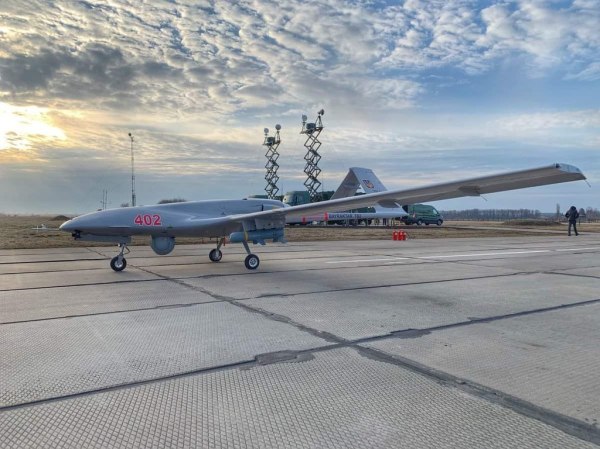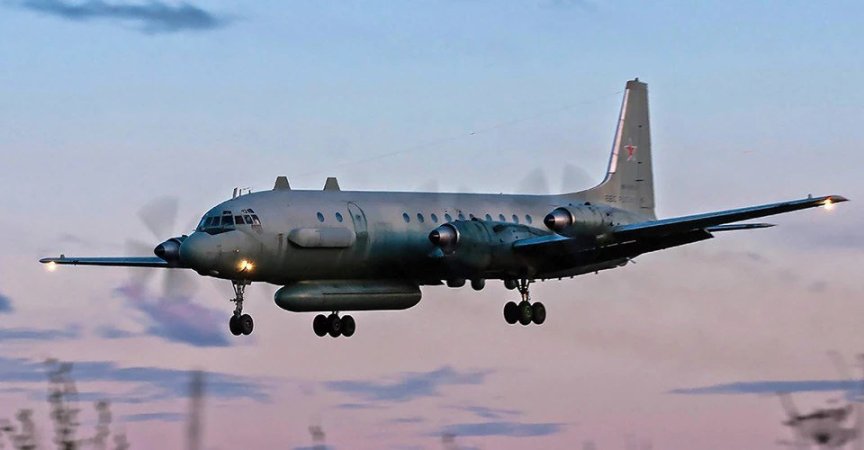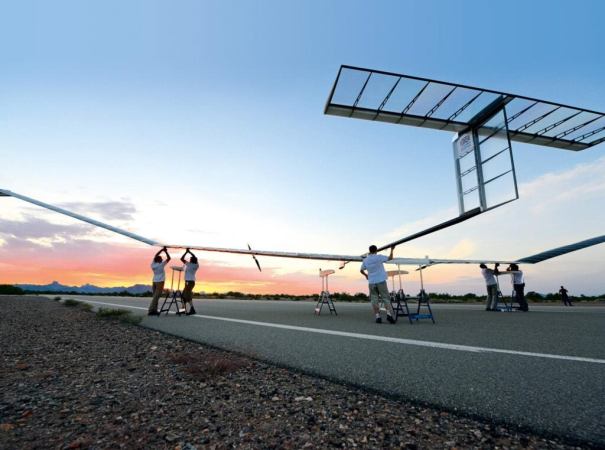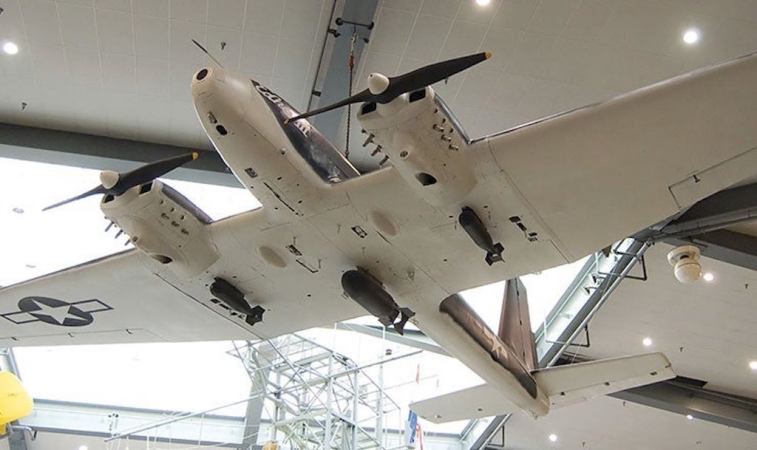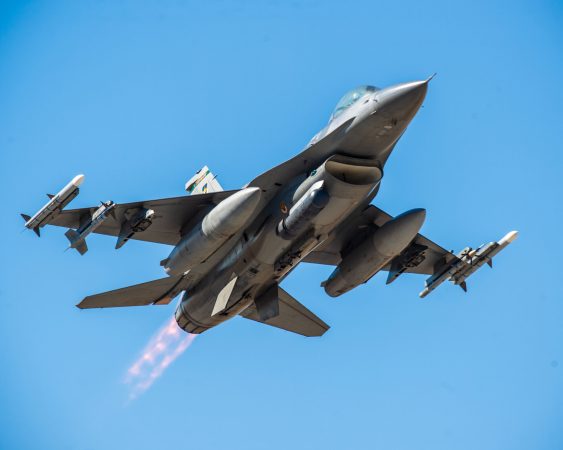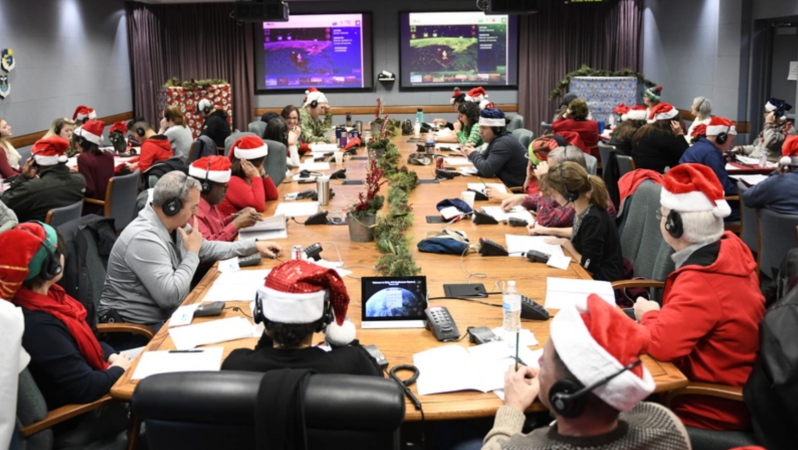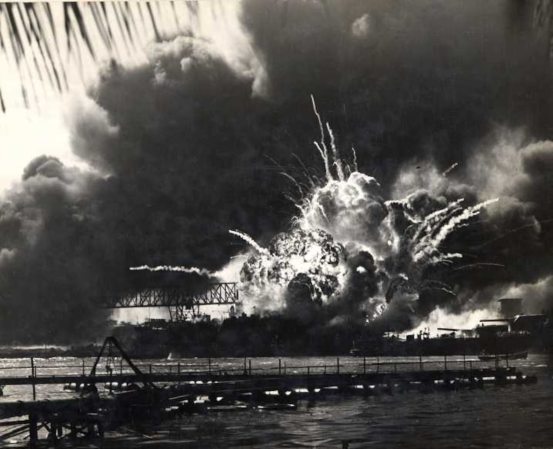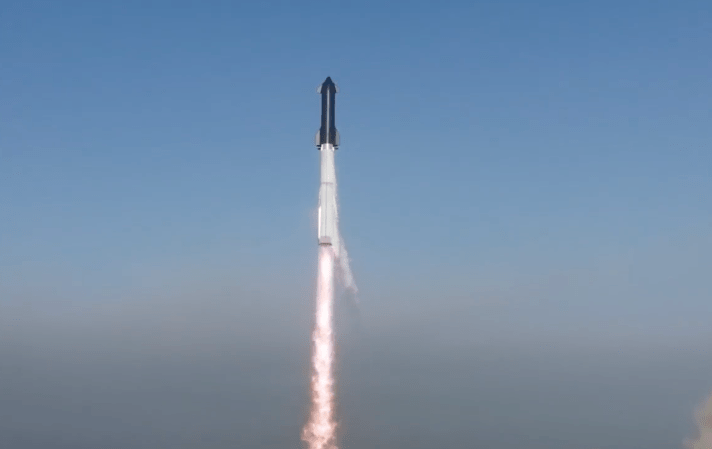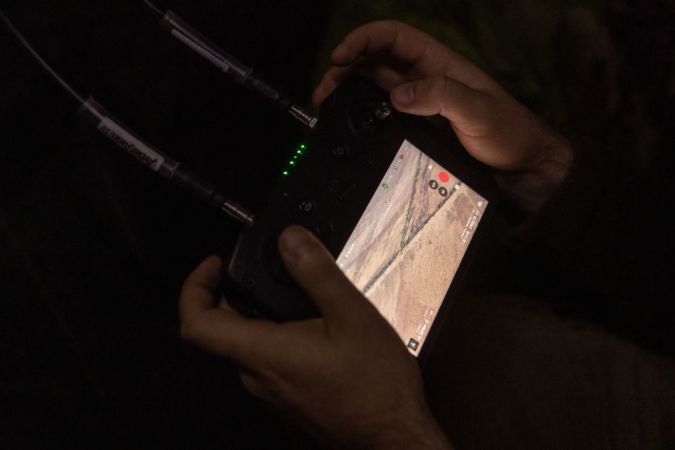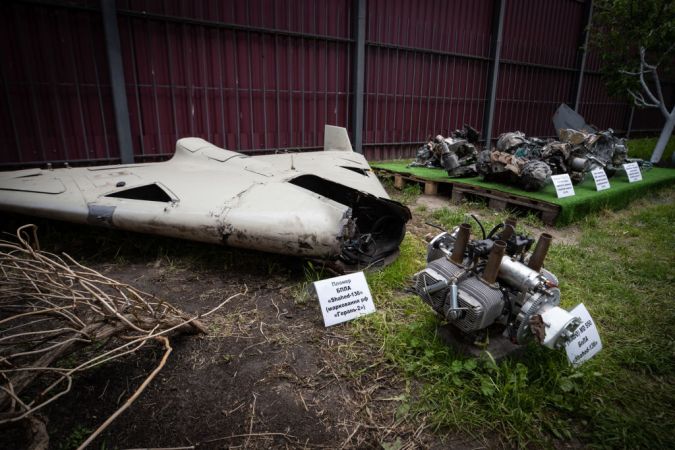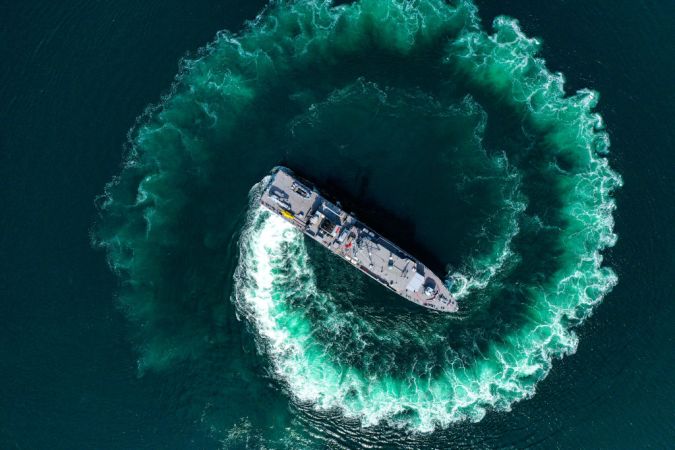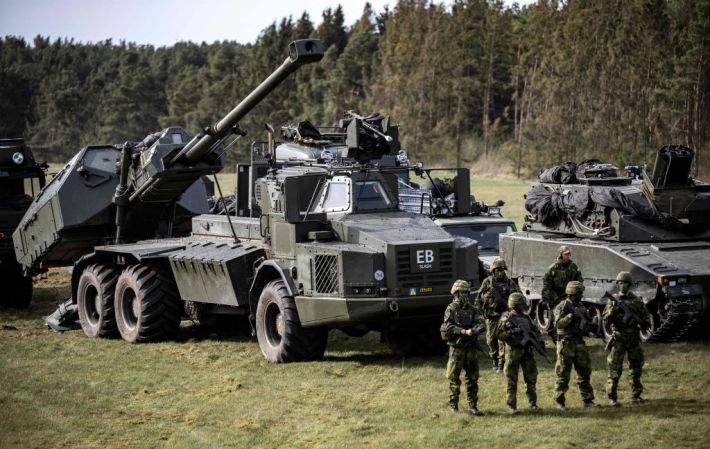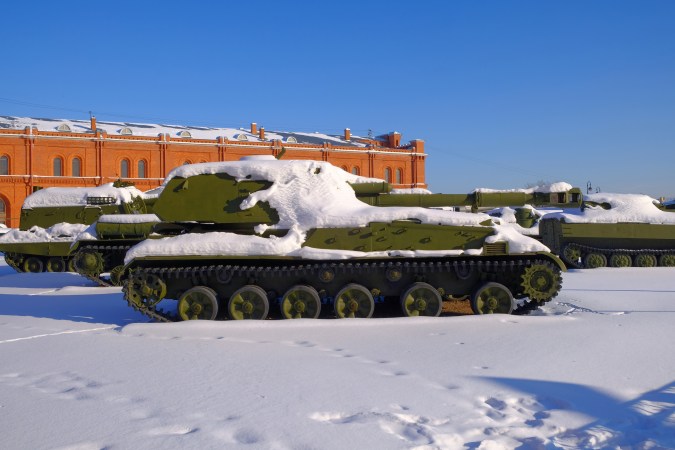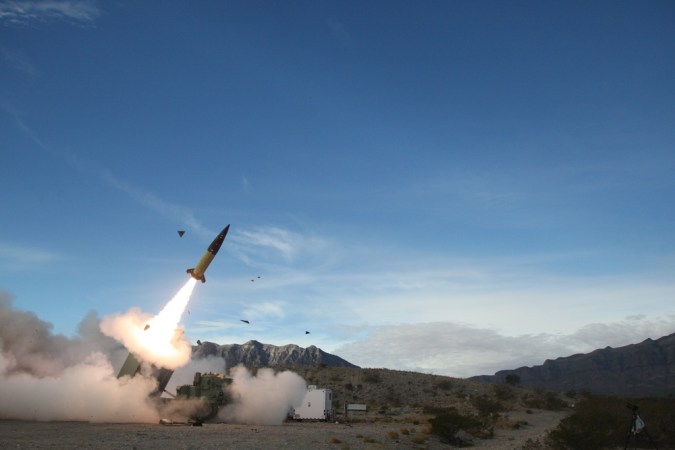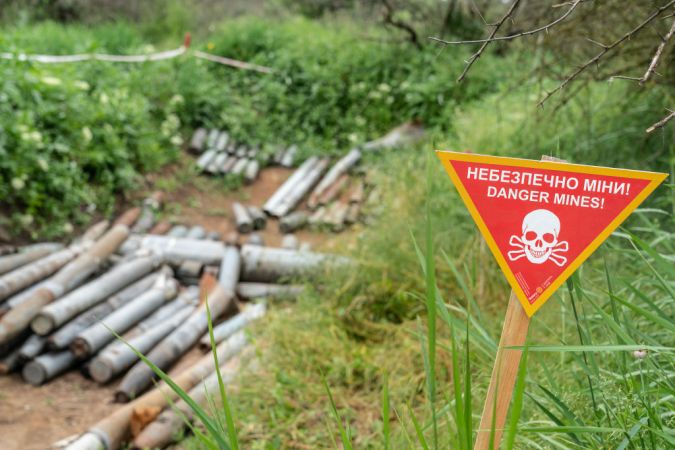Ukrainian drone operators model the future of warfare. Since drones went mainstream in the Russo-Ukraine War, hundreds of thousands of them have clashed over the frontlines. But Ukrainian drone makers face a real shortage of capacity against Russia, just like the rest of their force.
So operators are coming up with innovations that let them do more with less, including sending out reusable drones to relay signals for kamikaze ones.
The drone supply shortage

Russia can’t buy as many microchips and other drone essentials as it used to due to sanctions. (Though they’ve gotten good at evading those, for a cost.) But Ukraine still has a shortage of both completed drone systems and components.
That shortage compounds when you remember that many drones are now a munition. Operators expend over ten thousand of drones like cheap missiles every month. So Ukraine puts the smallest useful batteries and payloads and the cheapest frames into play whenever possible.
The great Washington Post article on drone warfare from October mentions how operators pick the exact batteries they think they need for each “shot” at striking Russian targets. That lets them burn less lithium and battery cells with each strike, but it runs the risk that a drone will run out of battery too soon.
The batteries have to handle onboard computation, powering motors, and sending and receiving signals from across hundreds of meters.
Relay drones reduce battery consumption
So Ukraine came up with a simple and clever solution. If multiple drones hitting the front sent all their signals to a nearby relay, they would use less power and still stay reliably linked to their operator.
So Ukraine mounted the relays onto reusable drones, and it sends one of those to support multiple kamikaze drones. The kamikaze drones can survive longer or else carry fewer batteries on their mission. It should even make the drones easier to control despite increasing latency. That’s because a relay drone could provide a better connection over hills, walls, or other line-of-sight obstacles that might degrade or block a direct connection.
Of course, that doesn’t reduce other power needs, like motors and onboard computing, but marginal improvements on each drone mission still reduce Russia’s edge in manufacturing and imports.
The relay drones present a new vulnerability, though, since Russia could target them with electronic warfare and reduce the effectiveness of every drone connected to the relay. But Russia still badly struggles to find and block or hit Starlink terminals 21 months into the war. It’s unlikely they’ll quickly figure out how to target the relays.
Alongside new munitions like ATACMS, drone improvements should make life very uncomfortable for Russian servicemembers this winter. Russia has not proven itself nearly as innovative as Ukraine, and many of its troops will face logistics shortages this winter if Ukraine’s attacks on the Kerch Bridge and the Russian land bridge continue.
Fuel shortages make it hard to charge batteries, and battery shortages make it hard to use drones as munitions. Russia could face both at once.
That could give Ukraine an important advantage in the key terrain of the Crimean Peninsula and Kherson Oblast this winter.
Logan Nye was an Army journalist and paratrooper in the 82nd Airborne Division. Now, he’s a freelance writer and live-streamer. In addition to covering military and conflict news at We Are The Mighty, he has an upcoming military literacy channel on Twitch.tv/logannyewrites.



